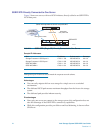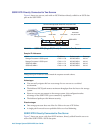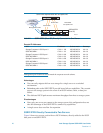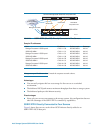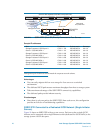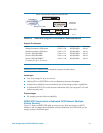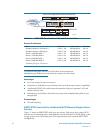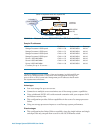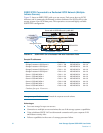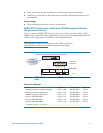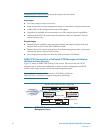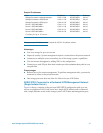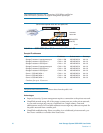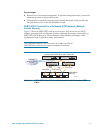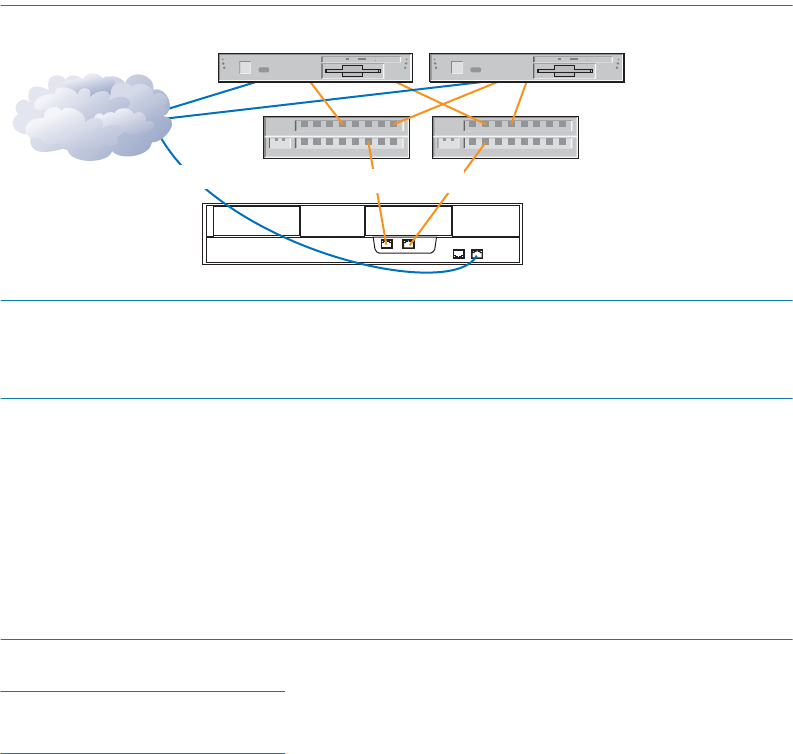
30 Intel Storage System SSR212PP User Guide
Revision 1.0
PRELIMINARY
FIGURE 11. SSR212PPi On a Dedicated LAN with Redundant Paths
Sample IP addresses
Port IP address Subnet mask Gateway
Storage Processor A iSCSI port 0 172.31.1.150 255.255.255.0 0.0.0.0
Storage Processor A iSCSI port 1 172.31.2.150 255.255.255.0 0.0.0.0
Server 1 iSCSI NIC/HBA 1 172.31.1.101 255.255.255.0 0.0.0.0
Server 1 iSCSI NIC/HBA 2 172.31.2.101 255.255.255.0 0.0.0.0
Server 2 iSCSI NIC/HBA 1 172.31.1.102 255.255.255.0 0.0.0.0
Server 2 iSCSI NIC/HBA 2 172.31.2.102 255.255.255.0 0.0.0.0
Continue for up to 10 servers . . .
For additional throughput, add NICs or iSCSI HBAs to the configuration.
Management port IP addresses should match the corporate network scheme.
Advantages
Low-cost storage for up to ten servers.
Connection to multiple servers maximizes the use of the storage system s capabilities.
A dedicated iSCSI LAN avoids network contention with your corporate LAN, and
reduces security risks.
Connection to each SP port from both servers provides redundant data paths in case
one path fails.
Disadvantages
No load balancing.
SSR212PP2i Connected to a Dedicated iSCSI Network (Single-Initiator
Servers)
Figure 12 shows an SSR212PP2i with up to ten servers. Each server has a single iSCSI
initiator, and is connected with a single Ethernet switch, dedicated for iSCSI traffic, to the
storage system s four iSCSI data ports. This represents the most common SSR212PP2i
configuration.
Corporate,
public or private
network
EMC3317
Servers with separate iSCSI NIC and public NIC
SSR212PPi
iSCSI traffic
Management traffic





